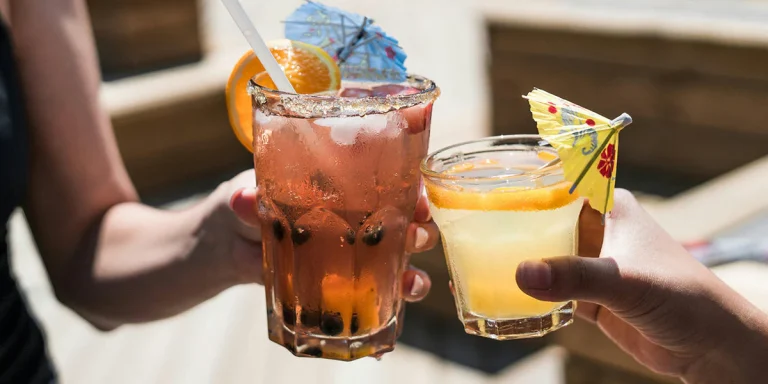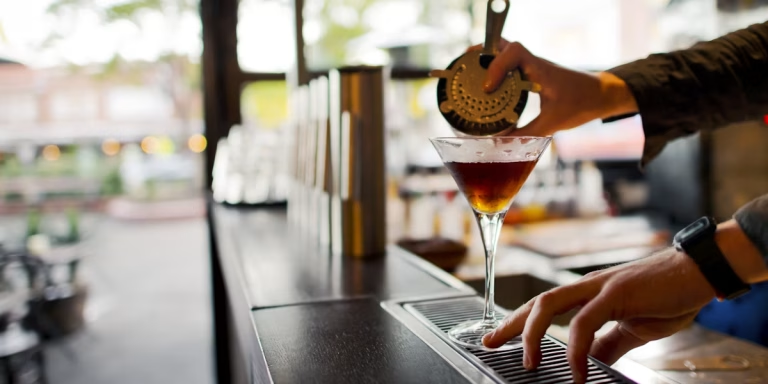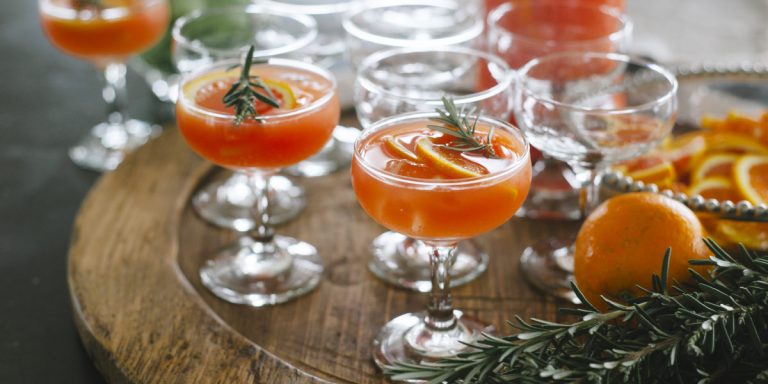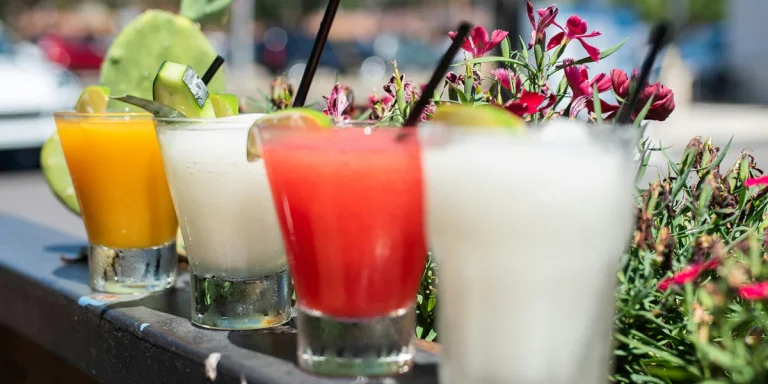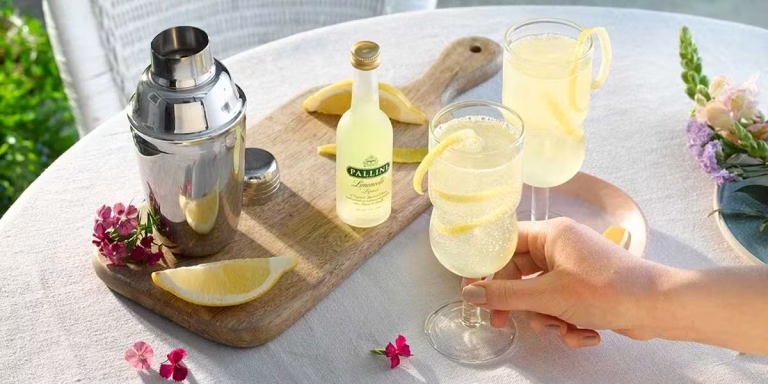The Golden Ratio: Secrets to Cocktail Perfection
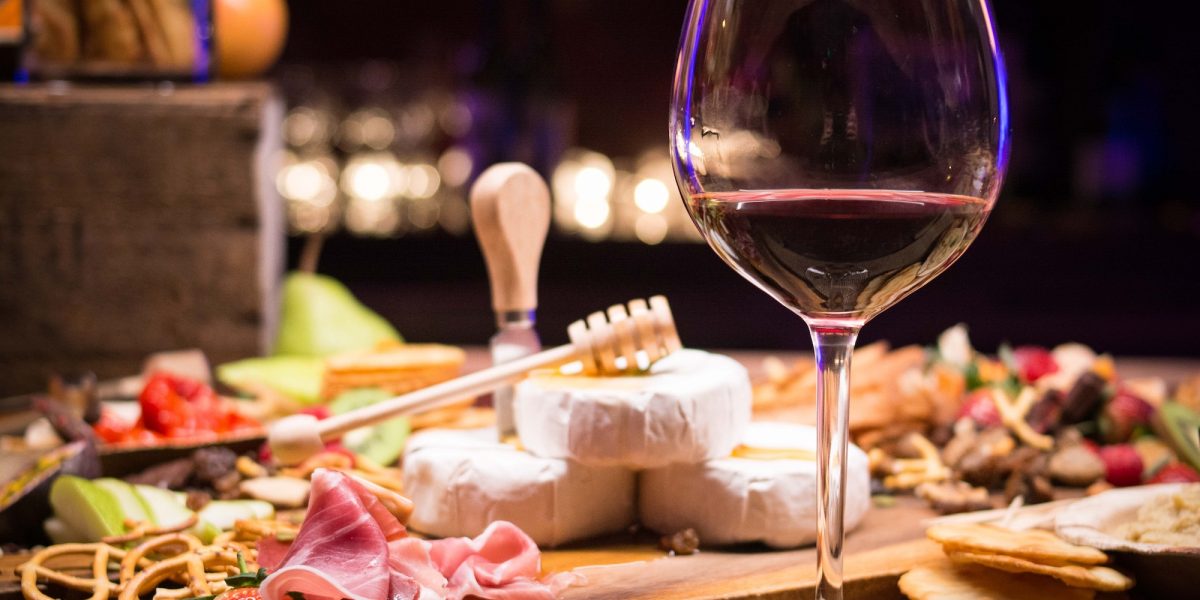
Cocktails may look effortless when they arrive at the table, but behind that perfect glass lies a delicate balance of flavors. The art of mixology is not simply about pouring spirits into a shaker; it is about crafting harmony between strong, sweet, and sour elements. I’ve spent years experimenting with drinks, and what I discovered is that the golden ratio is what separates a decent cocktail from an unforgettable one.
The golden ratio in cocktails is essentially a formula for balance. Bartenders around the world rely on it as a guide, not a strict rule. I’ve found that once you understand how it works, you can not only recreate classics with consistency but also build your own signature cocktails without worrying that they’ll fall flat. For me, it’s like having a compass in the world of drinks it always points me toward balance, no matter how creative I want to get.
What Makes A Cocktail Balanced
A balanced cocktail doesn’t shout with one flavor. Instead, it lets every ingredient have its voice while supporting the others. For me, balance starts with identifying three main categories: the base spirit, the modifier, and the accent. The base spirit is the foundation it could be gin, rum, whiskey, or tequila. The modifier, like vermouth, liqueur, or fortified wine, softens and enriches the drink. The accent, which might be citrus, bitters, or syrup, brightens the whole picture.
Whenever I taste a drink that feels overwhelming or too bland, I know the ratio is off. Too much citrus can turn a cocktail into sour juice. Too much sugar leaves it syrupy and heavy. Too much alcohol burns rather than intrigues. That’s where the golden ratio comes in, giving me a guide to bring everything back into alignment.
The Classic Formula
The golden ratio for cocktails often boils down to a 2:1:1 structure two parts strong, one part sweet, and one part sour. I use this guideline as a starting point, especially when I’m working on a drink I’ve never made before. For example, the Daiquiri, one of the simplest and most elegant cocktails, follows this formula perfectly. Two ounces of rum, one ounce of lime juice, and one ounce of simple syrup create a drink that feels effortless but delivers balance every time.
When I first started applying this formula, it felt restrictive, almost like coloring within the lines. But after making enough drinks, I realized that the formula isn’t about limitations. It’s about learning how flavors interact. Once I understood that, I could push and pull the parts depending on the cocktail I was creating. A Margarita leans slightly more toward sour, while an Old Fashioned dials back sweetness, yet both trace their structure to the golden ratio.
Strong Elements In The Mix
The spirit defines the character of the drink. Whenever I experiment with cocktails, I start by asking myself what mood I want to capture. Gin gives me brightness and herbal layers, rum offers warmth and versatility, whiskey provides depth and richness, and tequila brings a distinct edge. By treating the base spirit as the anchor, I let the other components work around it rather than competing with it.
In my experience, the biggest mistake is letting the spirit completely dominate. A cocktail shouldn’t taste like straight alcohol with a splash of something else. Even in drinks that lean boozy, like a Manhattan, the modifiers are what transform the raw strength of whiskey into something elegant. This is where the golden ratio keeps me in check.
Sweetness As A Counterbalance
Sweetness is not just sugar in a glass; it is structure. Syrups, liqueurs, and fortified wines add not only sweetness but also body and complexity. I always keep in mind that sweetness has to work as a counterbalance rather than as the star of the show.
For example, when I make a Whiskey Sour, the sugar doesn’t just sweeten the lemon juice it rounds the edges of the whiskey, creating a bridge between sharp acidity and strong alcohol. Without the sweet component, the drink would feel sharp and aggressive. Too much sweetness, though, makes it cloying. That is why I often rely on the 1-part sweet guideline, adjusting only slightly based on the type of syrup or liqueur I’m using.
The Role Of Acidity
Acidic elements are what give cocktails their spark. Lime, lemon, grapefruit, and even vinegar-based shrubs provide a lively brightness that makes each sip refreshing. I’ve always found that acidity is what keeps me coming back for another sip. It cleanses the palate, it enlivens the senses, and it ensures that the drink doesn’t become too heavy.
I like to experiment with citrus, but I always keep an eye on the ratio. If the sour element outweighs the sweet, the drink becomes puckering. If it’s too weak, the cocktail falls flat. The golden ratio keeps acidity in balance, allowing me to push flavors without losing harmony.
Bitters, Herbs, And Accents
Accents are where creativity shines. Bitters, fresh herbs, spices, and even infusions add depth to a drink, turning it from good to memorable. I remember experimenting with an Old Fashioned and realizing how just a couple of dashes of Angostura bitters could completely reshape the drink’s personality.
For me, accents are like seasoning in cooking you don’t notice them when they’re missing, but you immediately feel the difference when they’re used correctly. They rarely change the ratio of the cocktail, but they elevate it by giving it nuance.
Classic Examples Of The Golden Ratio
Looking at classic cocktails through the lens of the golden ratio makes it clear how universal it is. The Daiquiri, Margarita, Whiskey Sour, and Sidecar all reflect the 2:1:1 structure in different ways. Each adjusts slightly depending on the spirit and the desired character, but the underlying formula is the same.
Whenever I test a new cocktail idea, I compare it to these classics. If it feels unbalanced, I go back to the formula and adjust. It’s remarkable how often it brings everything back into place, even for drinks that aren’t traditionally made with citrus or syrups.
Creativity Within The Formula
What excites me most about the golden ratio is how much freedom it allows. Once I understand the basic structure, I can bend it to create something new without losing balance. For example, I can swap lime juice for grapefruit, simple syrup for honey syrup, or even experiment with infused spirits. As long as I keep the proportions in mind, the drink will almost always find its balance.
I’ve even used the ratio as a guide when creating completely new drinks. I once tried making a cocktail with tequila, passionfruit syrup, and lemon juice. By starting with the 2:1:1 ratio and adjusting slightly for the intensity of passionfruit, I landed on a drink that felt both fresh and structured. Without the golden ratio as a starting point, I would have been lost in trial and error.
Why This Ratio Stands The Test Of Time
Cocktails have evolved for more than a century, yet the golden ratio continues to guide bartenders and home mixologists alike. I believe it lasts because it reflects something universal about our taste buds. We crave balance, not extremes. We enjoy strength when it is tempered by sweetness and acidity. That harmony is timeless, and it is why the golden ratio is not just a formula but a foundation.
Whenever I watch someone take their first sip of a well-balanced cocktail, I can see it in their expression. It’s not about being blown away by one flavor; it’s about how everything works together seamlessly. That’s what makes cocktails so special, and that’s why I continue to come back to the golden ratio.
Beyond The Glass
The golden ratio in cocktails has even shaped how I think about food and flavor in general. I find myself looking for balance in meals the same way I do in drinks something savory, something bright, and something rich working together. This mindset keeps me curious in the kitchen as much as it does behind the bar.
It also reminds me that cocktails are more than recipes; they are experiences. Each time I mix one, I’m not just serving a drink I’m creating a moment where balance and creativity meet. For me, that’s what the golden ratio is all about: a tool to bring joy, connection, and discovery through flavor.
Conclusion
The golden ratio is not a rigid set of instructions but a guide to cocktail perfection. It ensures balance, gives structure, and opens the door to endless creativity. I’ve learned that every classic drink owes its success to this formula, and every new cocktail benefits from it.
By respecting the relationship between strong, sweet, and sour, I can craft drinks that always feel complete. Whether I’m making a timeless classic or experimenting with bold flavors, the golden ratio gives me confidence that each sip will hit the right note. In the end, it is not just a secret to cocktail perfection it is the reason cocktails remain an art form that continues to inspire me behind the bar.

